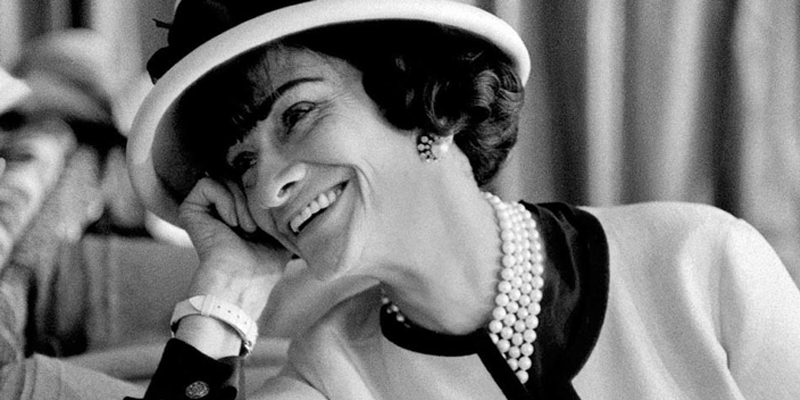
FROM THE 100 MOST IMPORTANT PEOPLE OF THE CENTURY: In COCO CHANEL
Time, we discuss the life story and designer spirit of Gabrielle Coco Chanel, who is the only fashion designer to be included in the list of the 100 most important people of the century and whom we give a special place in the Altier Academy Library.
“ Fashion doesn't just consist of dresses. Fashion is in the sky, fashion is in the street; fashion is what we think and live. "

French fashion designer Chanel was born in Saumur in 1883, grew up in an orphanage after her mother passed away and met fabric in the monastery where she stayed. In fact, it was in this period that the identity of the designer started. Coco, who learned tailoring here, continued her design power by designing hats. The hats he designed were very different from the exaggerated fancy hats of the period; they were often plain, even as plain as the hats women wear when going to market or church.
After leaving the monastery, she sewed in Madam Desboutins' sewing house during the day and worked at Cafe Chantant in the evenings. In fact, the nickname 'Coco' was based on a song he sang from here.
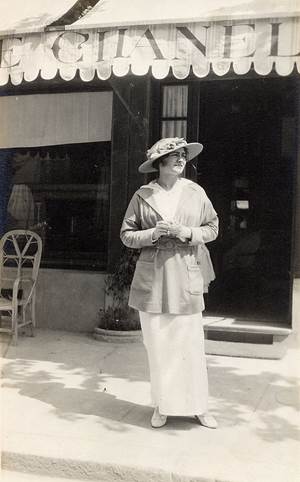
He started his career by opening a hat shop in Paris in 1910. Princess Victoria Melita found the different hats she designed and purchased them differently, and Chanel continued to maintain her original style. The number of shops he owned has increased over time.
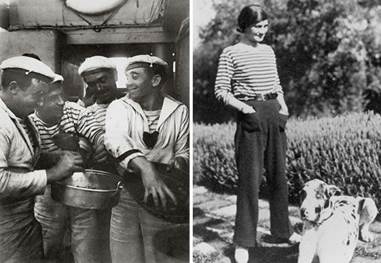
In 1917, Chanel designed blue striped sailor suits inspired by the sailors' clothes. This piece has also become a favorite of many style icons.

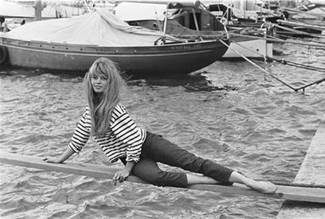
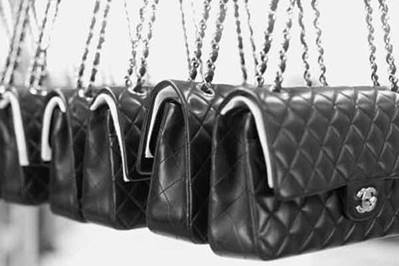
In the 1920s, Chanel designed bags with thin straps with the idea that "shoulder bag is the best because it frees hands", and these bags were inspired by the straps of the military bags.
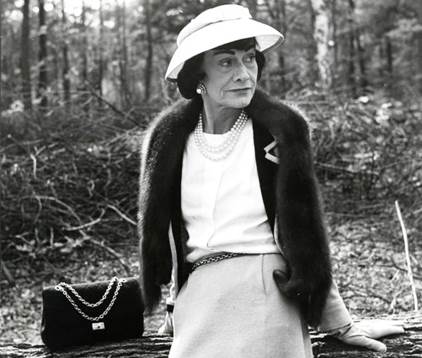
Coco Chanel simplified her designs and focused on geometric patterns; It has a modern look with the combinations of black, white, beige and red colors. Chanel, a designer who foresaw the modern age, used the visual effects of Art Deco and jazz movements, one of the influential movements of the period, in her clothes. He established close friendships with the artists of the period and made the costume designs for theater plays.
In 1923, Chanel introduced the tweed suit that he referred to by his name. In 1954, the Chanel suit was redesigned with a knee-length skirt and a black embroidered cardigan style jacket. The Chanel suit has been one of Coco's most iconic creations.

Coco Chanel designed the little black dress that would appeal to every woman's taste in 1926, making it indispensable in today's wardrobes. The dress, which marked the period with its dark tones, has been a revolution for women. Because the black color, which has been identified with mourning until then, demolished this view.
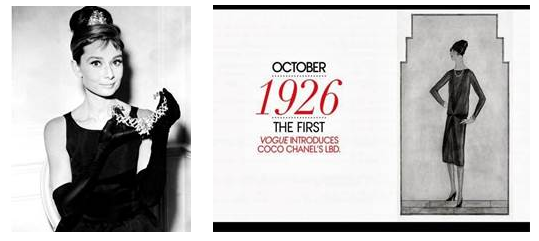
When Chanel opened her first store in Paris, she presented many clothes she designed with jersey. This fabric, which is generally used in men's clothing, has provided comfortable use in women's clothes.

Chanel not only designed clothes, but also met with Russian perfumer Ernest Beaux and selected the auspicious number 5 of the fragrances he presented, and Chanel's world-famous perfume No.5 was created.


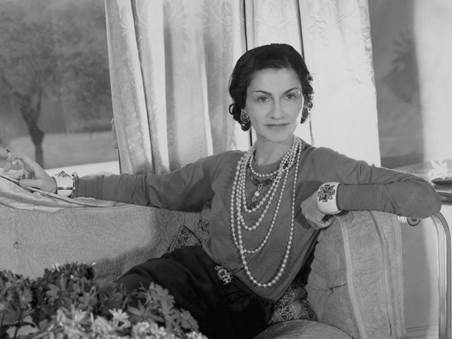 Chanel designed gold and artificial pearls, combined them with casual clothes and created popularity with pearl necklaces.
Chanel designed gold and artificial pearls, combined them with casual clothes and created popularity with pearl necklaces.
“Some people think of luxury as the opposite of poverty. However, luxury is the opposite of banality. "
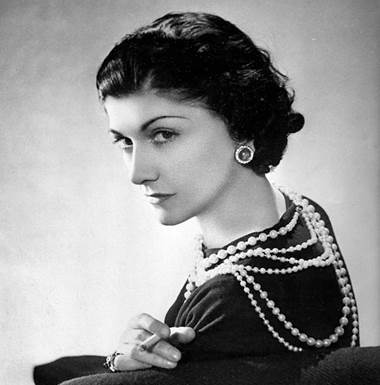
Chanel always cared about women's freedom only and wanted to design comfortable clothes. He saved women from corsets, dressed in masculine style and paved the way for trousers.
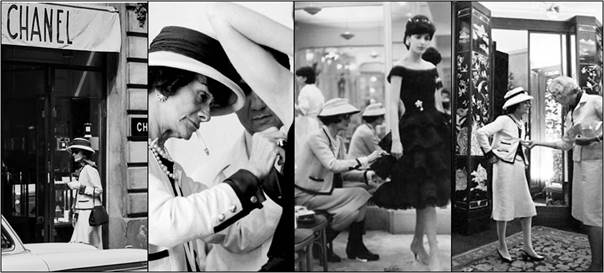
Coco Chanel passed away in 1971, left behind a fashion house that had its name written in gold letters in the world fashion history, and with its innovative and entrepreneurial spirit, she brought the Chanel brand and many innovations to the world.
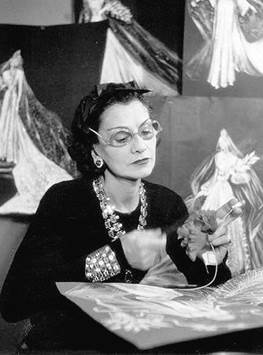
“Fashion is temporary; style is permanent. ”
BİZ SİZİ ARAYALIMLÜTFEN FORMU DOLDURUNUZ